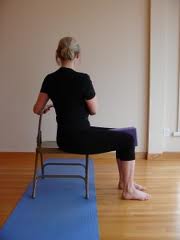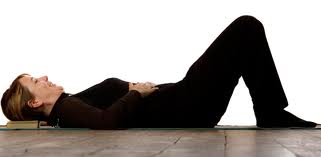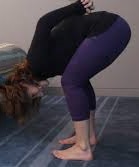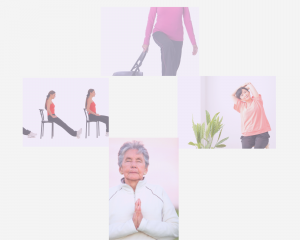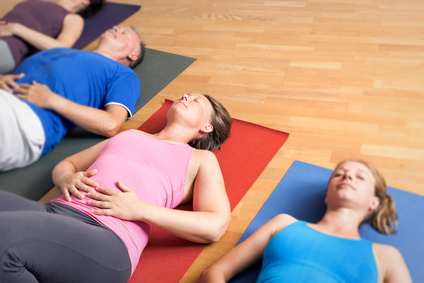I am a tree
Which stands by the path you tread.
If you can learn something from me
Stay awhile.
I cannot take you my way
Because my roots
Are in my own piece of ground,
And my branches
Reach up to my own personal sky.
If you wish to lean
Against me for a time
And warm in the sun
Which filters through my leaves
Then share my stillness
And become one with me.
But do not stay too long –
Or part of yourself
Will become lost within me.
Do not take one of my branches
To use as a prop
For even I am unaware
Of which are strong or weak.
In looking at me
Reflect on what you didn’t know
And make it your own truth,
I will not impede the path you tread
But I hope I have helped
To make your journey
Worthwhile.
The Teacher by Barbara Griggs


